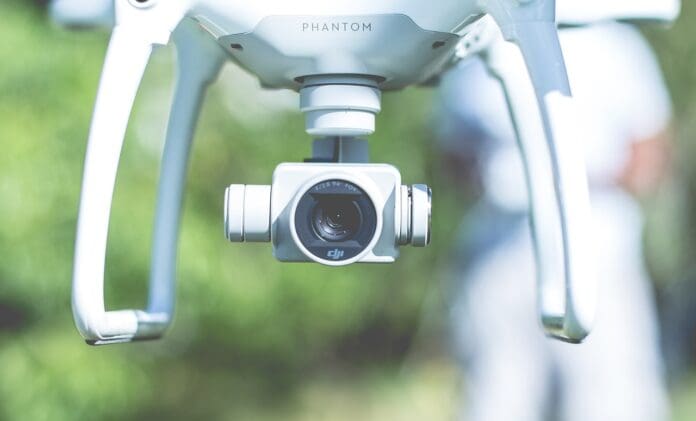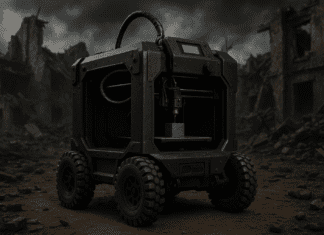This post is also available in:
 עברית (Hebrew)
עברית (Hebrew)
Japan is advancing its use of drones equipped with artificial intelligence (AI) and cameras to enhance disaster response and crime prevention. The government has unveiled plans to deploy these AI-powered drones to autonomously identify suspicious individuals during flights over disaster-stricken areas. This initiative addresses the problem of criminal activities, such as burglaries, that have occurred in areas abandoned after natural disasters.
According to reports, the drones will utilize AI to detect unusual behaviors, such as people carrying items between damaged buildings, and will guide law enforcement to these suspects. This capability aims to enhance security in the wake of natural disasters, where traditional methods may be less effective.
Japan, prone to frequent natural disasters like earthquakes and tsunamis, has experienced significant events, including the 2011 earthquake in northeastern Japan and the recent 2024 tsunami on the Noto Peninsula. To address crime in these chaotic situations, the integration of unmanned aerial vehicles (UAVs) into surveillance systems is seen as a crucial advancement. These drones can quickly cover large areas, reaching incident sites faster than police vehicles or security personnel, thus enabling prompt action.
These drones are believed to significantly enhance the ability of police to monitor extensive disaster zones. By providing real-time surveillance, the drones offer reassurance to evacuees that their safety is being actively managed. This development, while not revolutionary, is deemed essential in light of recent disasters.
In addition to these domestic initiatives, Japan has been collaborating with the US Department of Defense to integrate AI and machine learning with sophisticated UAV technology. This partnership aims to develop next-generation UAVs that could operate alongside Japan’s future fighter aircraft. According to Interesting Engineering, By the mid-2030s, Japan, the UK, and Italy plan to create a new, possibly unmanned, aircraft with advanced capabilities, including speed, stealth, AI, and hypersonic missile launch potential.
Japan’s expertise in robotics and factory automation underpins this progress, supported by a strong industrial ecosystem. However, experts also caution about the potential abuse of UAV technology, warning of the risks associated with granting excessive surveillance power to authorities, especially in the aftermath of disasters. Balancing technological advancements with ethical considerations remains a crucial aspect of this ongoing development.


























